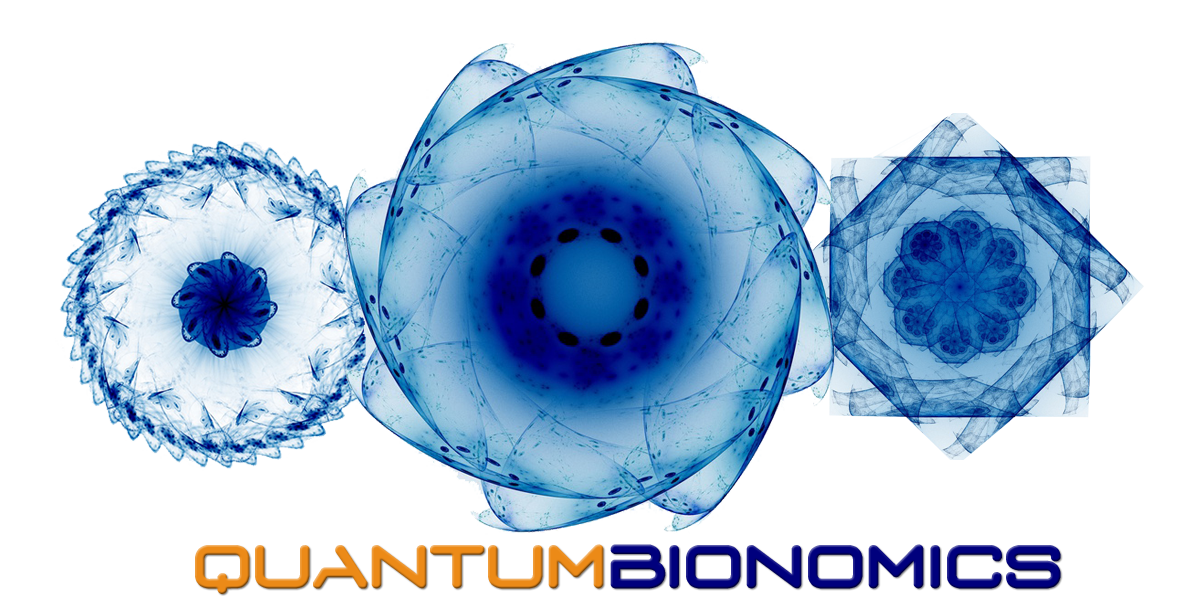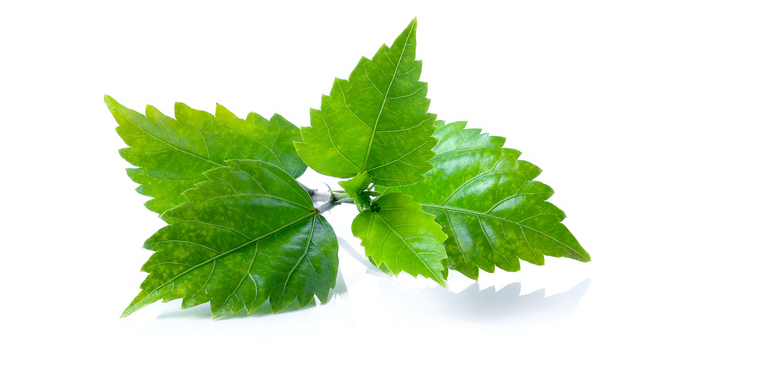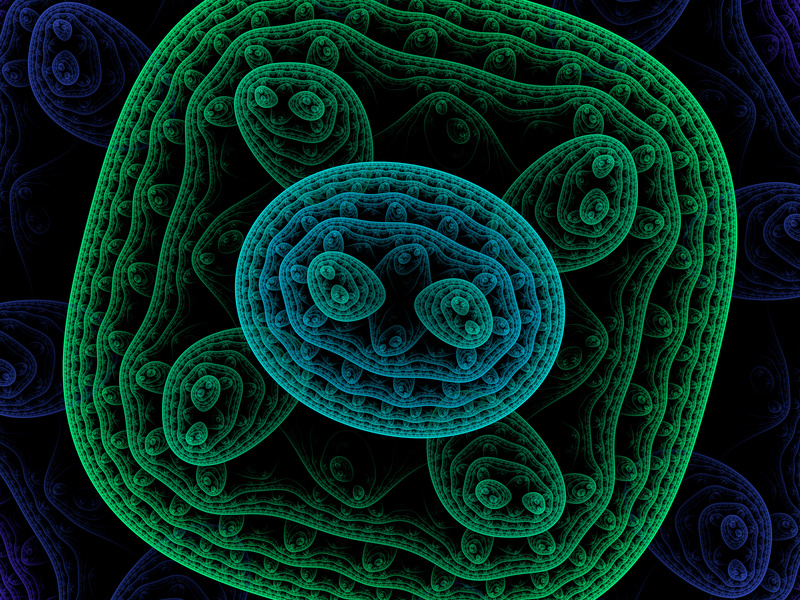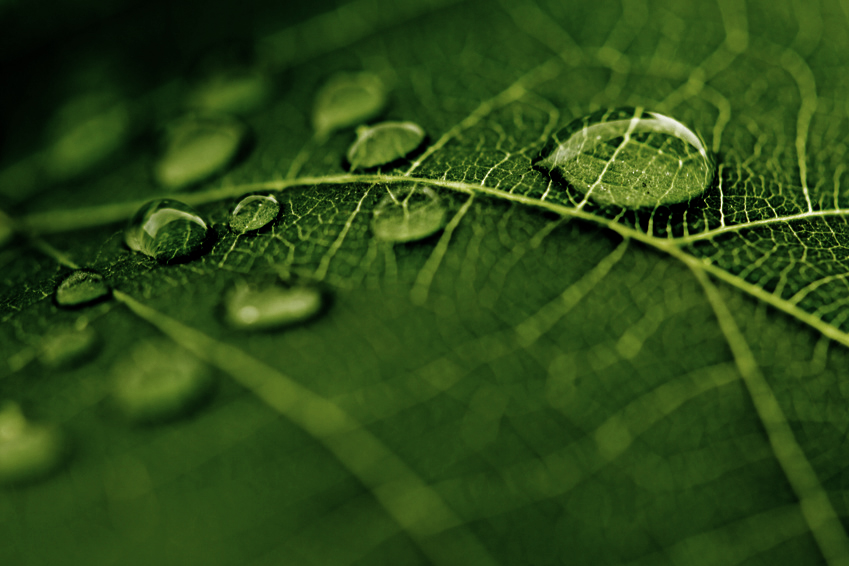Friday, February 26, 2016

Stanford, CA— During the daytime, plants convert the Sun’s energy into sugars using photosynthesis, a complex, multi-stage biochemical process. New work from a team including Carnegie’s Mark Heinnickel, Wenqiang Yang, and Arthur Grossman identified a protein needed for assembling the photosynthetic apparatus that may help us understand the history of photosynthesis back in the early days of life on Earth, a time when oxygen was not abundant in the atmosphere. Their work is published by Proceedings of the National Academy of Sciences.
Photosynthesis takes place in stages. In the ‘first stage’ light is absorbed and used to produce energy molecules, with oxygen as a byproduct. These energy molecules are then used to power the ‘second stage’ of photosynthesis, in which carbon dioxide from the air is fixed into carbon-based sugars, such as glucose and sucrose.
Working with the green alga Chlamydomonas, the research team—which also included graduate students Rick Kim and Tyler Wittkopp of Stanford University, Karim Walters of Pennsylvania State University, and visiting professor Stephen Herbert of the University of Wyoming—focused on a protein, CGL71. It was already known to be involved in assembling the array of proteins that make up the part of the photosynthetic apparatus involved in the first stage of photosynthesis—the one that turns sunlight into the energy molecules that power the second stage and that also has an oxygen byproduct. But little about CGL71’s role in this assembly process was understood until now.
The team was able to figure out that at least one aspect of CGL71’s job is to protect the photosynthetic apparatus from oxygen during its assembly. Yes, that’s right, from oxygen. You see, photosynthesis first evolved in bacteria about 3 billion years ago, a time when the Earth’s atmosphere had very little oxygen. Of course, as photosynthetic bacteria became more and more populous on ancient Earth, the atmosphere changed, eventually creating the oxygen-rich air that we breathe today.
Oxygen is a very reactive molecule that can disrupt the iron-and-sulfur-containing clusters of proteins that are crucial to photosynthesis. Like CGL71, these clusters are critical for the first stage of photosynthesis, where they move electrons in order to create the energy molecules. Just as oxygen can rust iron that makes up a horseshoe or frying pan, it can damage the iron-and-sulfur proteins of the photosynthetic apparatus.
So as oxygen accumulated in the Earth’s atmosphere, the photosynthetic mechanism needed protection from its own byproduct, and CGL71 is one component that evolved to keep the photosynthetic apparatus stable under these new conditions.
“When we look at this critical assembly protein, CGL71, it’s as if we are looking back in time to the era when photosynthetic apparatus had to gradually adjust to the changing atmospheric conditions of our planet,” Grossman said.
__________________
This work was supported by the National Science Foundation, Stanford Graduate Fellowships, Stanford University’s Biology Department, Carnegie’s Department of Plant Biology, the Department of Energy, The National Science Foundation and the College of Agriculture and Natural Resources and the Agricultural Experiment Station at the University of Wyoming.











Leave A Reply